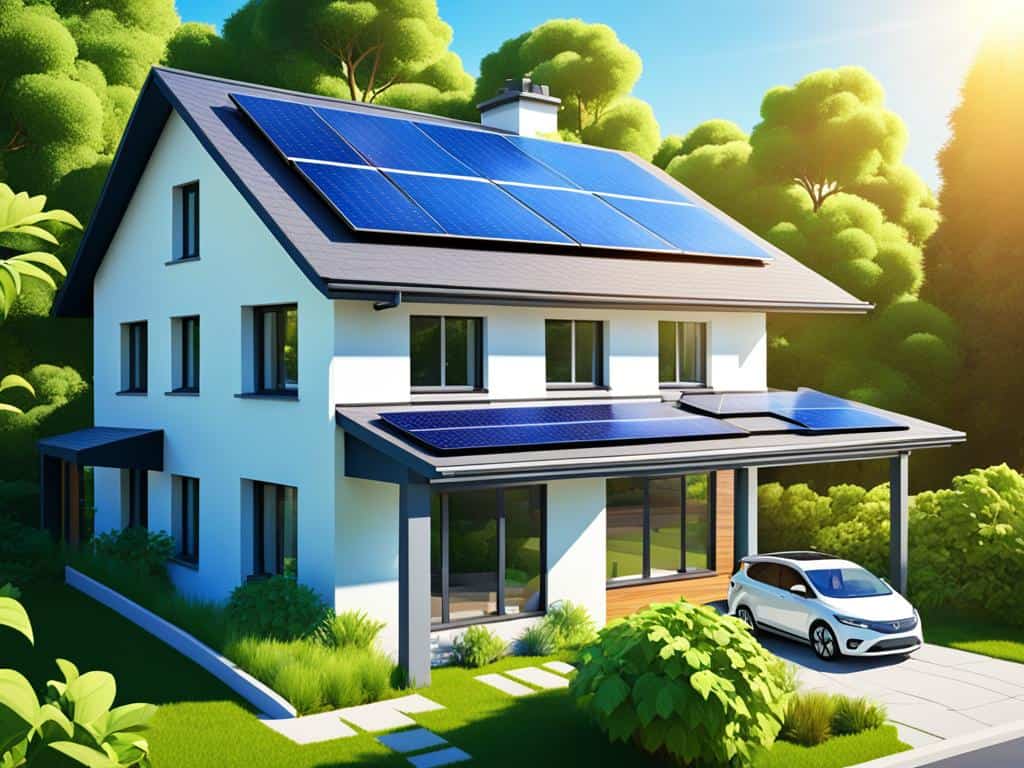In today’s world, where energy costs are rising and sustainability is a priority, homeowners and businesses are increasingly asking the same question: “Is solar energy cheaper than grid electricity in the long run?” Let’s break it down—comparing both sources not just by the initial price tag, but by total long-term cost, efficiency, and savings.
In today’s world, where energy costs are rising and sustainability is a priority, homeowners and businesses are increasingly asking the same question: “Is solar energy cheaper than grid electricity in the long run?” Let’s break it down — comparing both sources not just by the initial price tag, but by total long-term cost, efficiency, and savings over time.


Grid energy, also called utility or conventional power, is electricity delivered to your home or business through large-scale power plants (typically coal, gas, hydro, or nuclear) and national electric grids. You pay for what you use, every month, through a utility bill.
Solar energy comes from installing solar panels (photovoltaic systems) that convert sunlight into electricity. Once installed, it powers your home or business using renewable, clean energy.
| Cost Factor | Grid Electricity | Solar Energy |
|---|---|---|
| Initial Investment | No upfront cost | High upfront cost (₹1.5L – ₹5L for home) |
| Monthly Costs | High and recurring | Zero or very low (post payback) |
| Price Trend | Increases 4–8% yearly | Fixed (after initial cost) |
| Payback Period | No return — always paying | 4–7 years average |
| 25-Year Total Cost | ₹10–15 Lakhs (depending on usage) | ₹2–5 Lakhs (after ROI & maintenance) |
| Government Incentives | Rare | Subsidies, net metering |
| Environmental Impact | High carbon emissions | Eco-friendly, zero emissions |
✅ Solar Wins If You:
❌ Grid May Suit You If:

Battery storage allows you to store solar energy for night use or backup. While this adds to the upfront cost, it also reduces dependency on the grid — useful during blackouts or in areas with poor power supply.
Going solar is like buying 25 years’ worth of electricity upfront — at a discount. While the grid might feel “cheaper” short-term, it’s actually more expensive in the long run, especially with rising tariffs and climate concerns.
